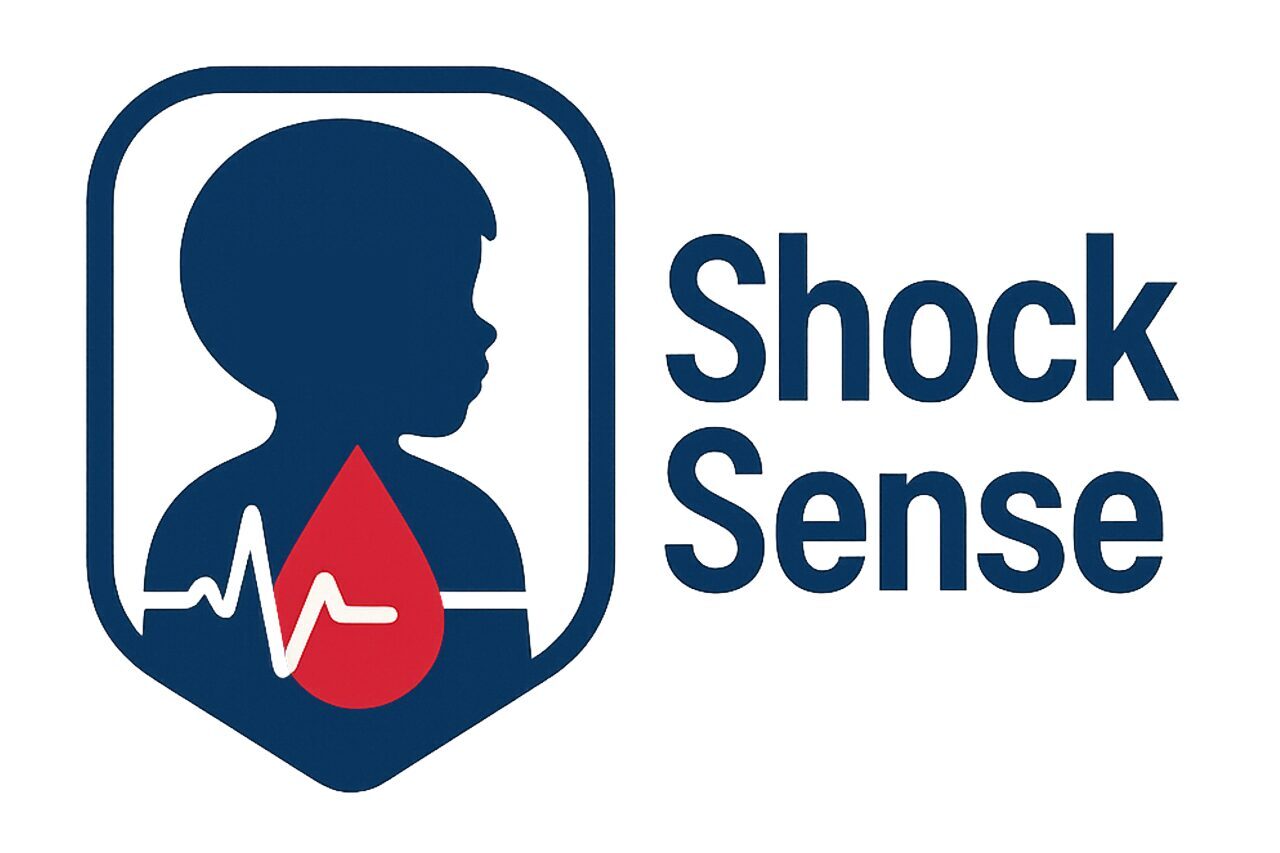ShockSense
- Ella Holtermann
- Loren Ayers
- Isabella Godfrey
- Vivien Jiang
- Elizabeth Zuerblis
- Ashrith Kollu
- Aditya Sinha
- Apple Wu
- Constanza Miranda, PhD
- Mark Slidell, MD, MPH
Abstract:
To recognize and treat hemorrhagic shock in pediatric trauma patients, trauma teams rely on heart rate (HR) and blood pressure (BP) to recognize shock. However, due to the fast-paced environment of the trauma bay, and varying classification of shock by patient age, it is challenging to recognize shock in a timely fashion. Especially since children compensate for blood loss better than adults and mask the early signs of shock. As a result, delayed recognition can result in higher mortality and increased risk of complications for pediatric patients. To address this, we’ve developed a fast, accurate, and easy-to-interpret device for use in the trauma bay that incorporates existing vitals data to deliver actionable information to the trauma team.

